Pohick Creek, Fairfax County, northern Virginia: dw_ross, CC BY 2.0, via Wikimedia Commons @ https://commons.wikimedia.org/wiki/File:20100603e2.jpg; MostlyDross, CC BY 2.0, via Flickr @ https://www.flickr.com/photos/dw_ross/4669114245/
near Přerova, northeastern Czech Republic: Rigel7, Public Domain (CC0 1.0), via Wikimedia Commons @ https://commons.wikimedia.org/wiki/File:PP_Na_Popovickem_kopci_019_cf_Securigera_varia.jpg
Steve Hurst, ARS Systematic Botany and Mycology Laboratory: Steve Hurst/ARS, Public Domain, via USDA-NRCS PLANTS Database @ https://plants.usda.gov/home/plantProfile?symbol=SEVA4
Gallagator Trail, Bozeman, Gallatin County, northwestern Montana: Matt Lavin, CC BY-SA 2.0, via Flickr @ https://www.flickr.com/photos/plant_diversity/5181772127/; Matt Lavin, CC BY SA 2.0, via Wikimedia Commons @ https://commons.wikimedia.org/wiki/File:Coronilla_varia_(5181772127).jpg
New Observatory Woods State Natural Area, Dane County, south central Wisconsin: Joshua Mayer (wackybadger), CC BY-SA 2.0, via Flickr @ https://www.flickr.com/photos/wackybadger/4315475240/
Millennium Park, Kent County, west central Michigan: Rachel Kramer (rkramer62), CC BY 2.0, via Flickr @ https://www.flickr.com/photos/rkramer62/7182326125/
Bodenheim, western Germany: Vera Buhl (VBuhl), CC BY-SA 3.0, via Wikimedia Commons @ https://commons.wikimedia.org/wiki/File:2010-06-26_(23)_flower.JPG
SEVA4: USDA Natural Resources Conservation Service, Public Domain, via USDA PLANTS Database @ https://plants.usda.gov/home/plantProfile?symbol=SEVA4&mapType;=distribution
purple crown-vetch Securigera varia (L.) Lassen: following curve of highway guard rail: James H. Miller, USDA Forest Service, Bugwood.org, CC BY 3.0, via Forestry Images @ https://www.forestryimages.org/browse/detail.cfm?imgnum=5379526
Millennium Park, Kent County, west central Michigan: Rachel Kramer (rkramer62), CC BY 2.0, via Flickr @ https://www.flickr.com/photos/rkramer62/7188586311/
Lisbon, west central Portugal: Joaquim Alves Gaspar (Alvesgaspar), CC BY-SA 3.0, via Wikimedia Commons @ https://en.wikipedia.org/wiki/File:Cichorium_intybus-alvesgaspar1.jpg
umbel head of crown vetch's inflorescence: Audrey (audreyjm529), CC BY 2.0, via Flickr @ https://www.flickr.com/photos/audreyjm529/169216074/
Crown vetch's fernlike leaflets alternate on each leafstalk in an odd-pinnate arrangement, with one leaflet at the top: Patrick J. Alexander, Public Domain, via USDA PLANTS Database @ https://plants.usda.gov/home/plantProfile?symbol=SEVA4&mapType;=distribution
closeup of crown vetch's umbel-shaped inflorescence: Schnobby, CC BY-SA 3.0, via Wikimedia Commons @ https://fr.wikipedia.org/wiki/Fichier:Coronilla_varia.jpg


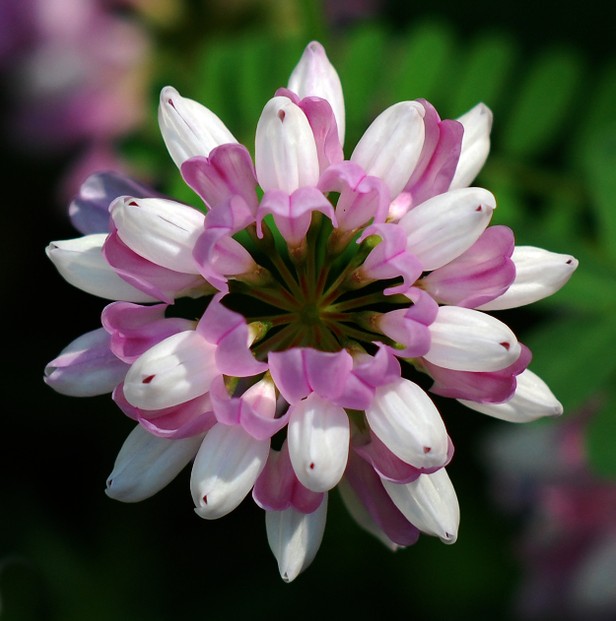
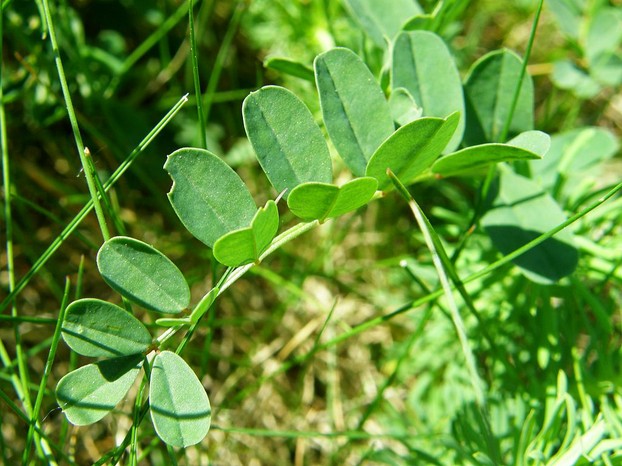
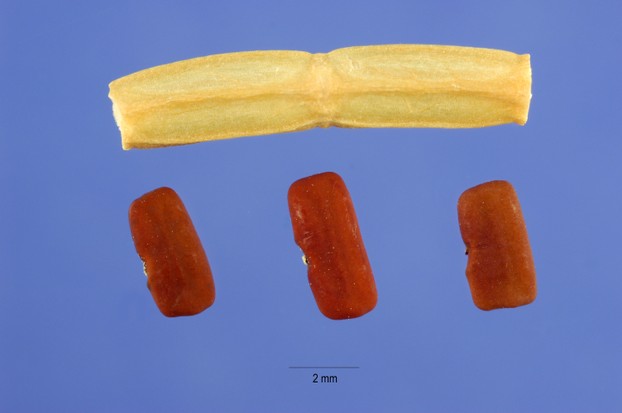
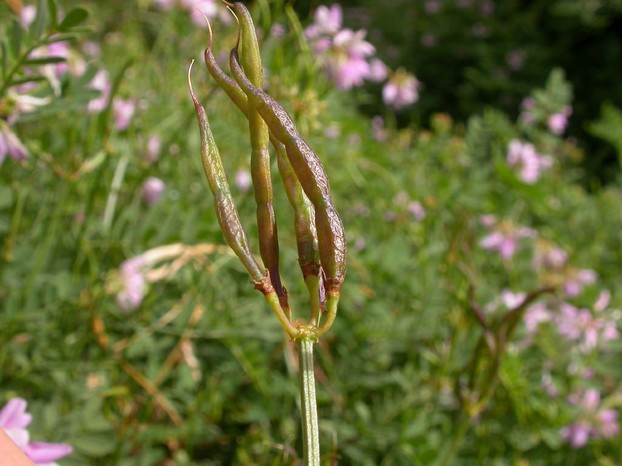
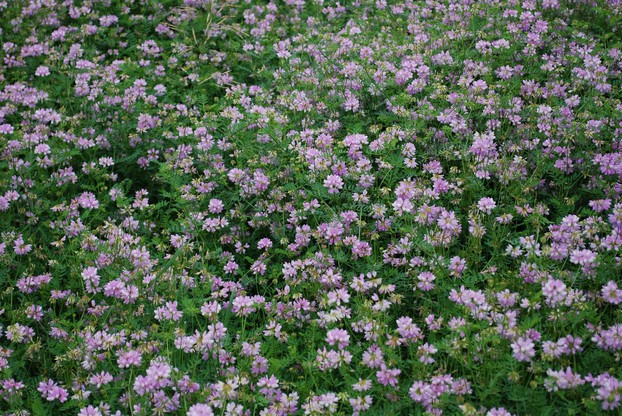
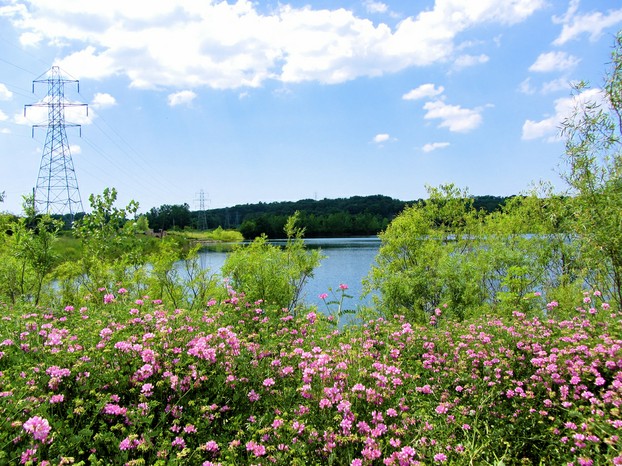
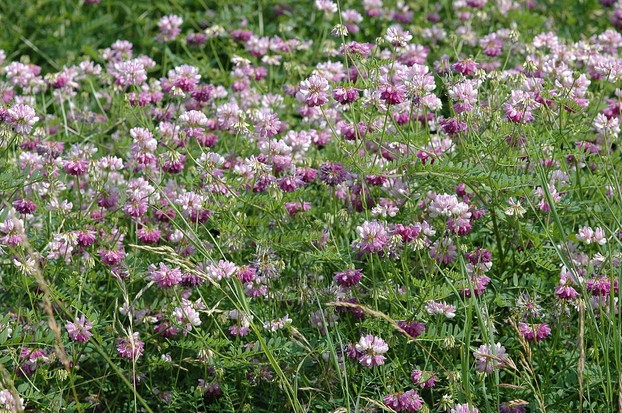
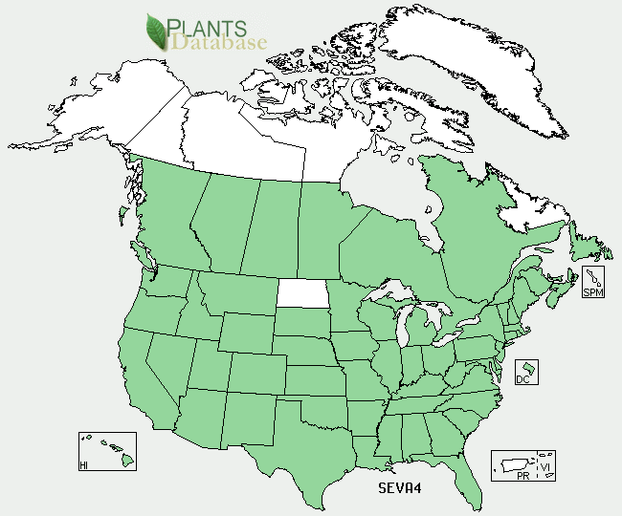
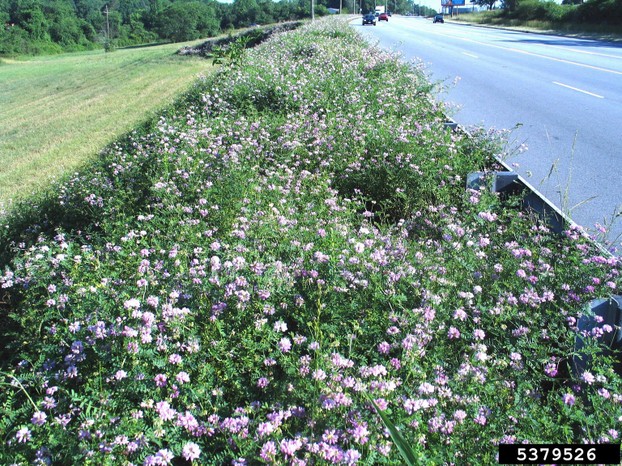
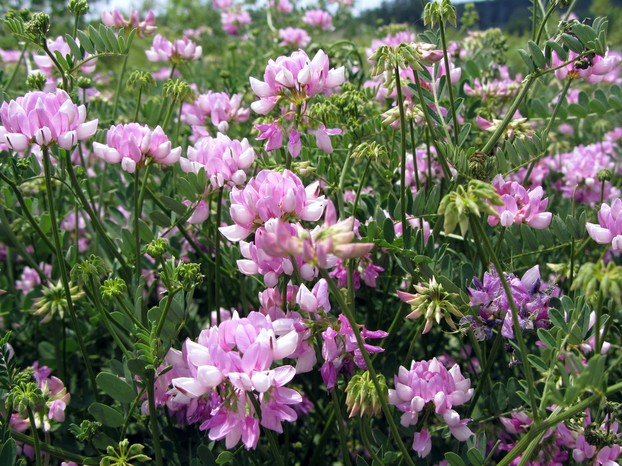
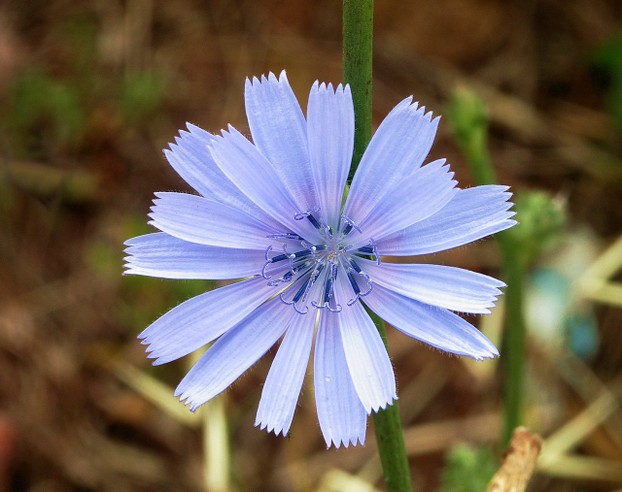
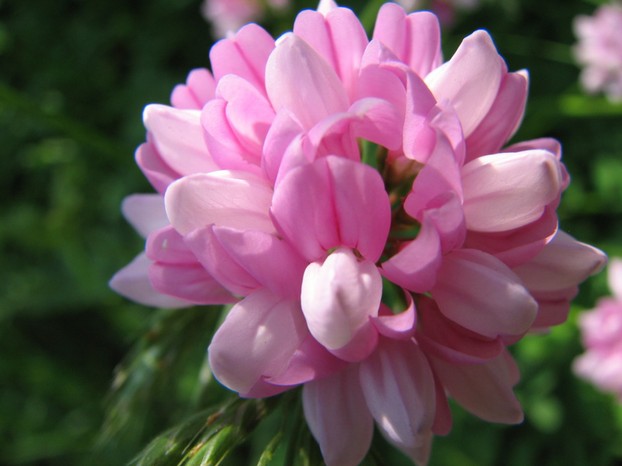
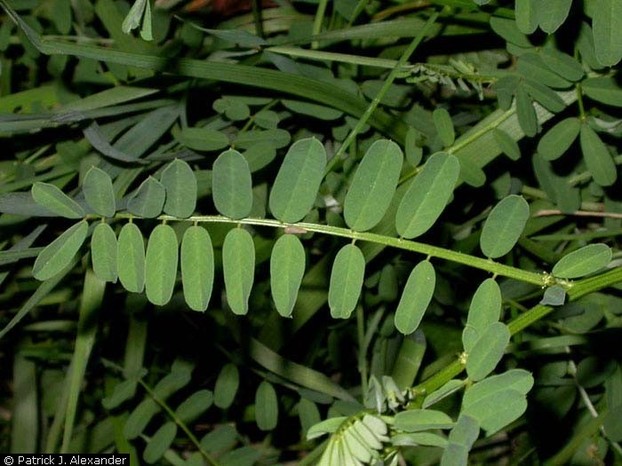
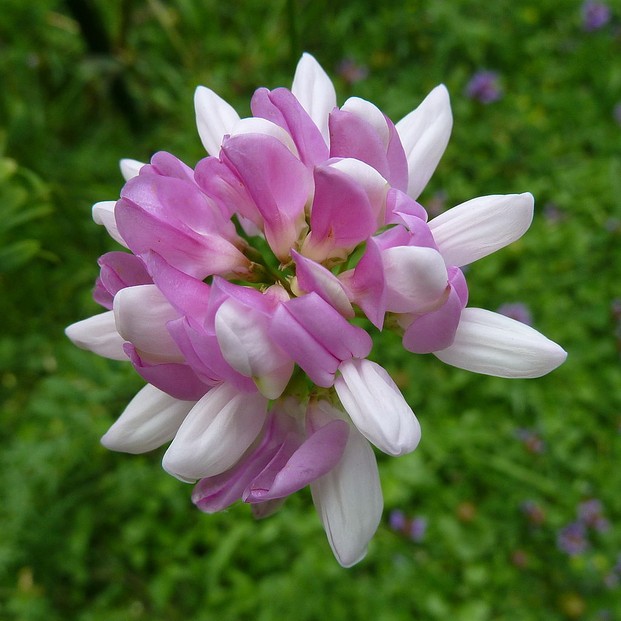




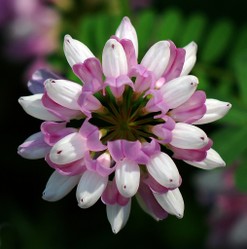

 Are Hawaiian Huakai Po Nightmarchers Avenging Halloween Thursday?on 10/02/2024
Are Hawaiian Huakai Po Nightmarchers Avenging Halloween Thursday?on 10/02/2024
 Mailing Addresses for 2023 Form 4868 Extending 1040 and 1040SR April 15, 2024, Due Dateon 04/15/2024
Mailing Addresses for 2023 Form 4868 Extending 1040 and 1040SR April 15, 2024, Due Dateon 04/15/2024
 Mailing Addresses for 2023 Forms 1040 and 1040SR Filed in 2024on 04/15/2024
Mailing Addresses for 2023 Forms 1040 and 1040SR Filed in 2024on 04/15/2024
 Mailing Addresses for 2022 Form 4868 Extending 1040 and 1040SR April 18, 2023, Due Dateon 04/13/2023
Mailing Addresses for 2022 Form 4868 Extending 1040 and 1040SR April 18, 2023, Due Dateon 04/13/2023

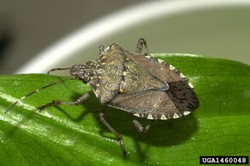
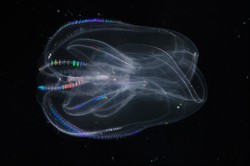
Comments
Mira, The problem is that, as an invasive species, crown vetch takes over pastures; as they forage, horses are consuming them because the crown vetch slips in amidst pasture grasses.
Chicory root as a substitute for coffee was popular in America from colonial times all the way through the 20th century's Great Depression, after which it was replaced by coffee. I also like the flavor of chicory substitutes. It would make sense to me that chicory drinkers are able to work long hours: it's invigorating without the jittery effects sometimes associated with caffeine.
Chicory used to be well known in America as an edible, healthy plant. Now it seems that its culinary appeal is mainly appreciated in Europe. For instance, Belgian endive is in the chicory family.
They look beautiful, but it's amazing how harmful they can be. I'm particularly saddened to learn they are toxic to horses. Do horses know to stay away from them?
I love chickory. I recognize the flower but I wonder how come (I don't recall where I must have seen and learned about it.). I love instant chicory. Many people drank such beverages here under Communism. I don't know what they did for them caffeine-wise. On the other hand, maybe with the health benefits chicory has, they didn't need much coffee. Times were different, too. Not a whole lot of stress at work, even though (most) people did work, and some worked long hours.
VioletteRose, Me, too, I agree that the color combination of the petals is beautiful. And they look pretty in my yard, but they also scare away Chickory, so I weed them back so that, instead of the entire yard, they have a specific area.
Unfortunately non-native plants often become invasive as a survival mechanism as they adjust to unfamiliar environments.
Beautiful combination of white and pink petals, I haven't seen these flowers anywhere. They are so pretty, it is unfortunate that their presence is a threat to other plants.